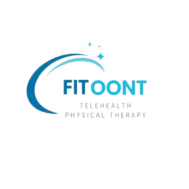Start physical therapy online at home
With online physiotherapy you get professional support for your home. No waiting time, no prescription, no tools. Start training comfortably at home now.
Healthcare partnerships





24 Hours Service
We stay up all day/week for your comfort and your health

Completely Free
Our goal is to find an accurate diagnosis and treatment for your case
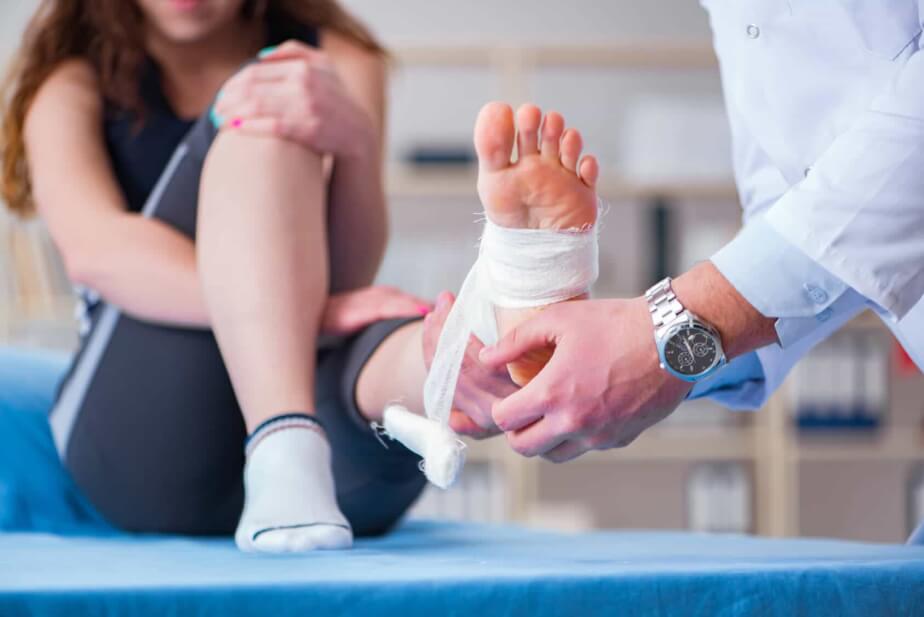
Qualified Doctors
Your case is supervised by the most qualified doctors and nutritionists

Online Help
Doctors can diagnose your condition and provide treatment via messages
“The treat you want, the care you deserve.”
We offer you tips to treat all diseases and symptoms of physical therapy and get rid of obesity, such as:
- Pain related to spine such as: low-Back pain, thoracic pain cervical pain and SIJ pain
- Shoulder pain
- Sports injuries such as: ACL and Meniscus tear
- Thrombotic complications such as: paralysis
- Pre- and post-operative rehabilitation
- Diet and exercise regimes
goodbye
Waiting rooms
- Available 24/7
- Family coverage
- Upfront Pricing
- Digital prescriptions
- Free follow-ups
- chat, phone, video call options
knowledge about diseases
Find out here about numerous diseases of the musculoskeletal system, their symptoms, causes and treatment options. Receive helpful physiotherapy tips and find out how we can help you.
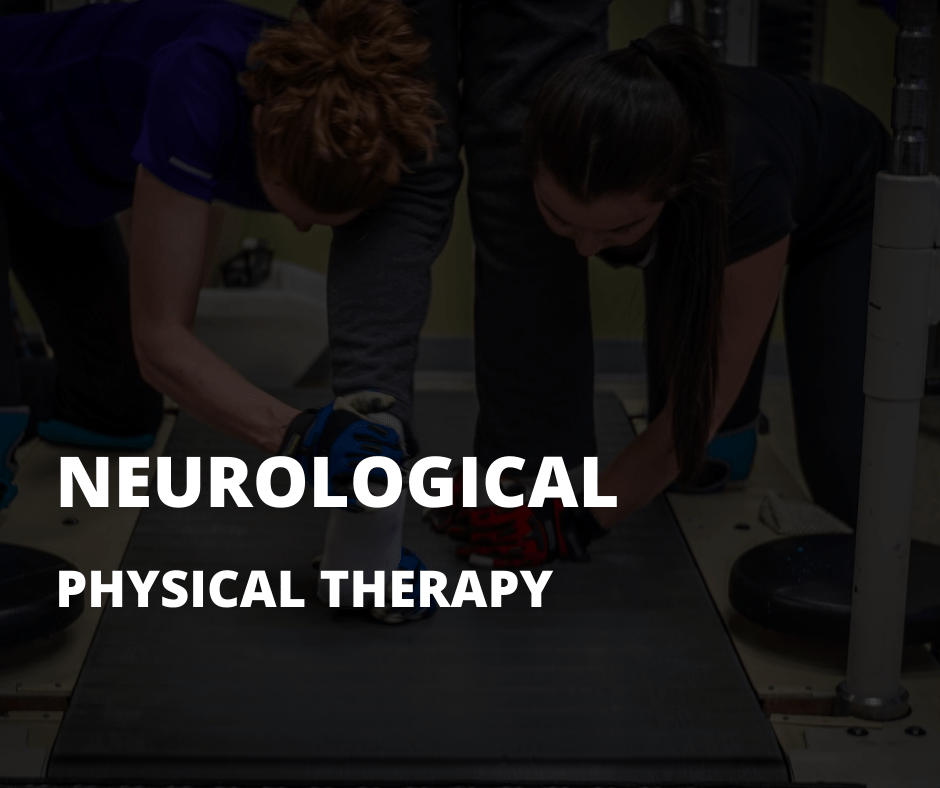
Neurological physiotherapy
It is a therapy that is performed to improve altered functions such as mobility, balance or posture. The main objective is that the patient can return to normal daily activities and be able to fend for himself.
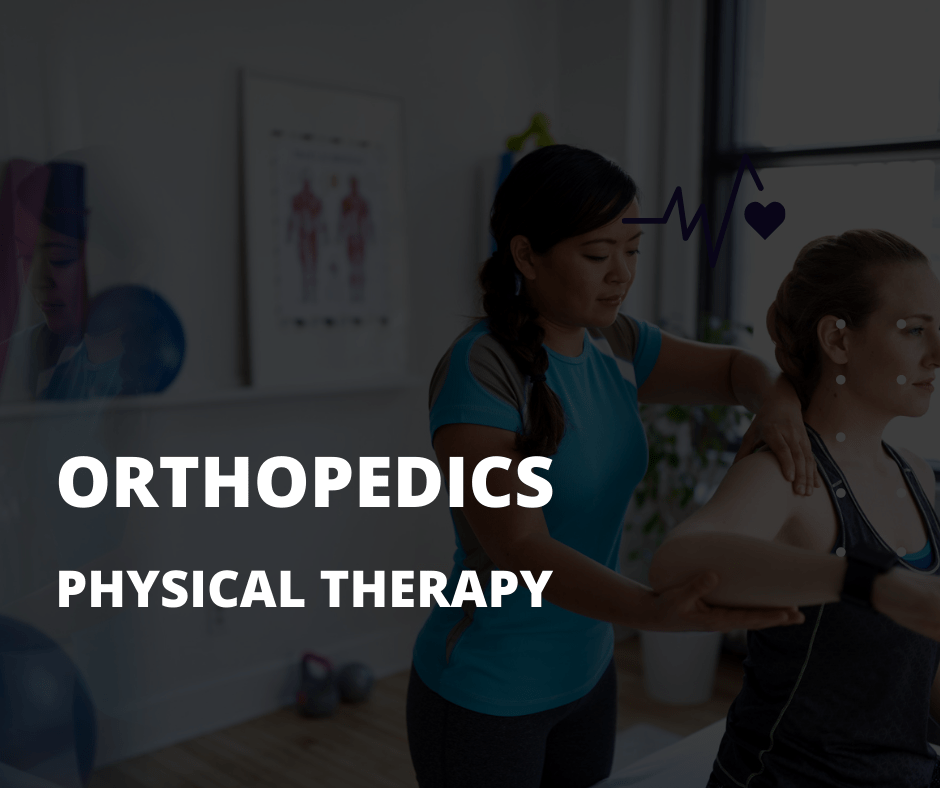
Orthopedics and Traumatology
Physiotherapy treats functional disorders of muscles and joints in the field of orthopedics and traumatology. It is used after orthopedic operations or trauma to restore mobility.
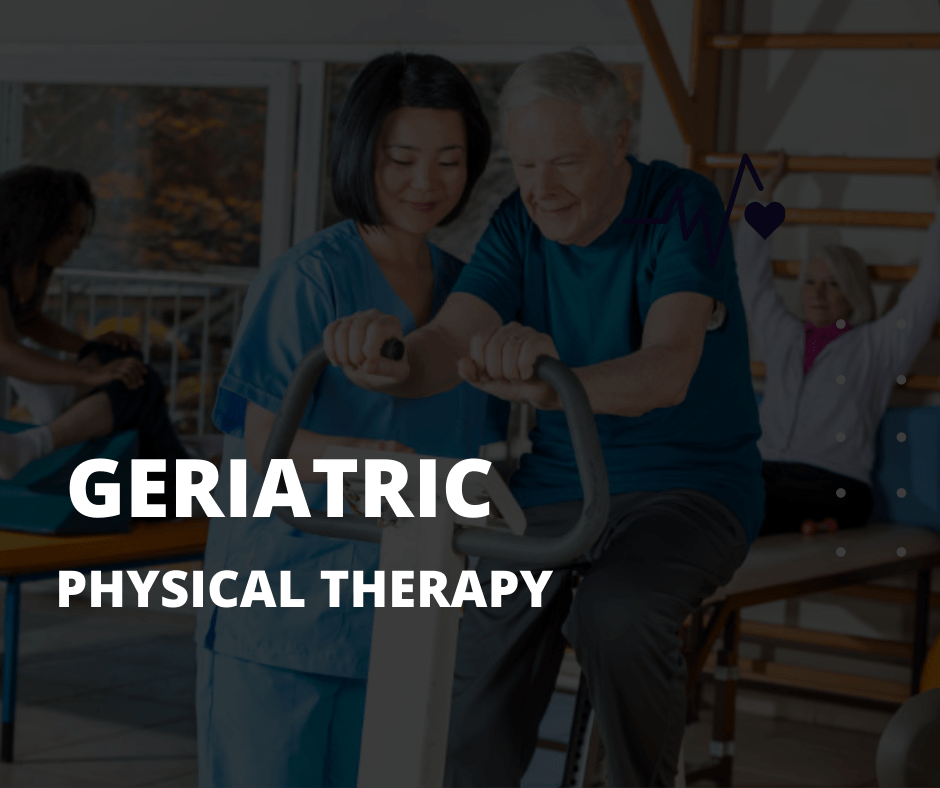
Geriatrics Physiotherapy
Physical therapy aims to ensure that the elderly remain mobile and independent for as long as possible. On the other hand, physiotherapy is also used in the area of aging in all its aspects, for example to bring the injured back to movement again
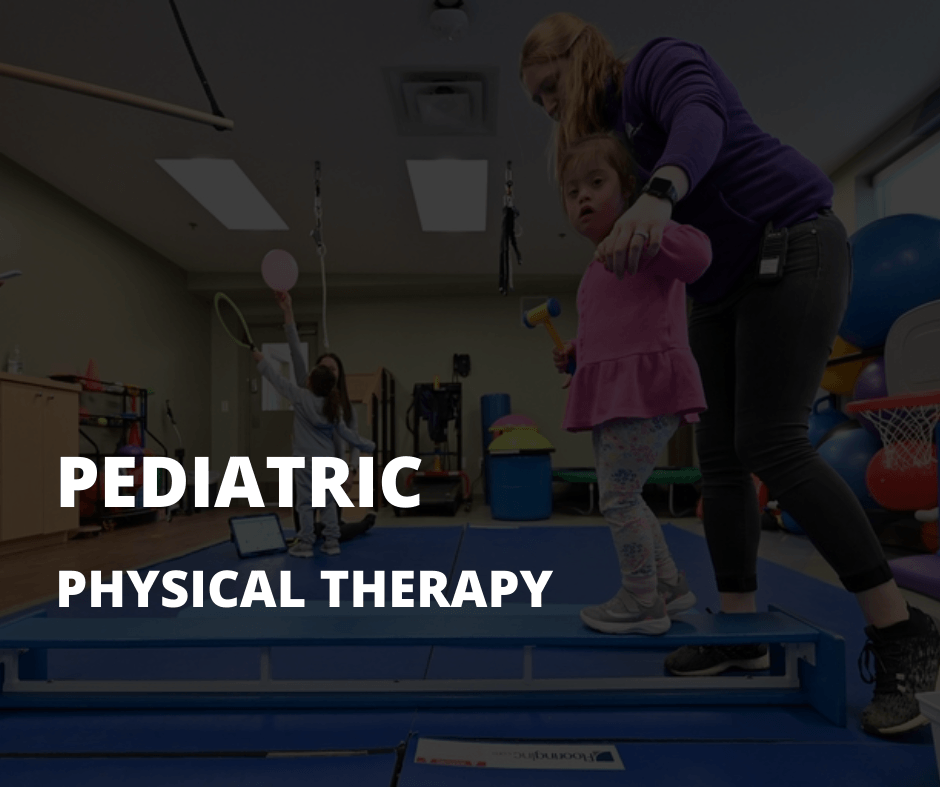
Pediatric Physiotherapy
The goal of pediatric physical therapy is to reduce or avoid functional disorders of the musculoskeletal system, or to maintain or restore normal movement sequences as much as possible.
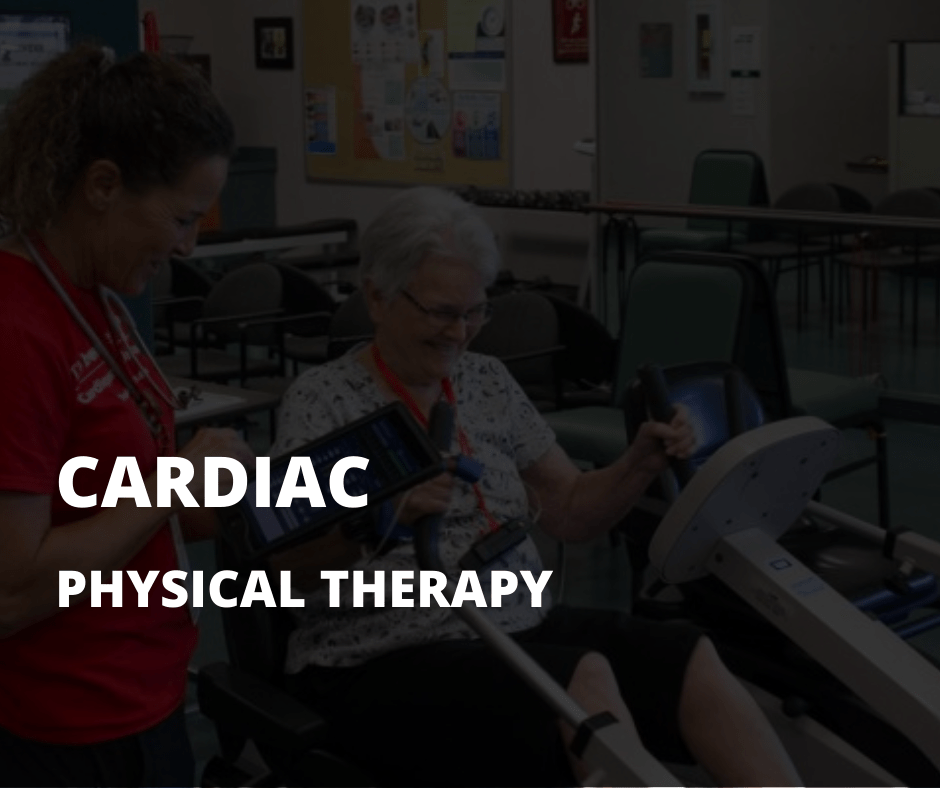
Cardiac Physiotherapy
In cardiovascular patients, physiotherapy is used, among other things, as endurance and movement therapy to improve physical functions such as heart activity and thus blood circulation

Gynecology Physiotherapy
Involuntary loss of urine, a constant need to urinate or problems with the bladder and intestines due to diseases (eg stroke), require an exercise program specifically targeting these body areas
Our Goal
We are a non-profit organization, so we do not ask for money or anything for your treatment. Our main and main goal is to change the traditional ways of receiving medical services and to reach you wherever you are without cost or hassle.
-
Completely Free
-
Very Safe
- Easy To USe
Plastic surgery Rehabilitation
Physiotherapy is very important for our lives. It is also necessary for all patients who perform plastic surgery such as:
- Tummy tuck
- 360 Lipo
- Coolsculpting
- Weight loss surgery

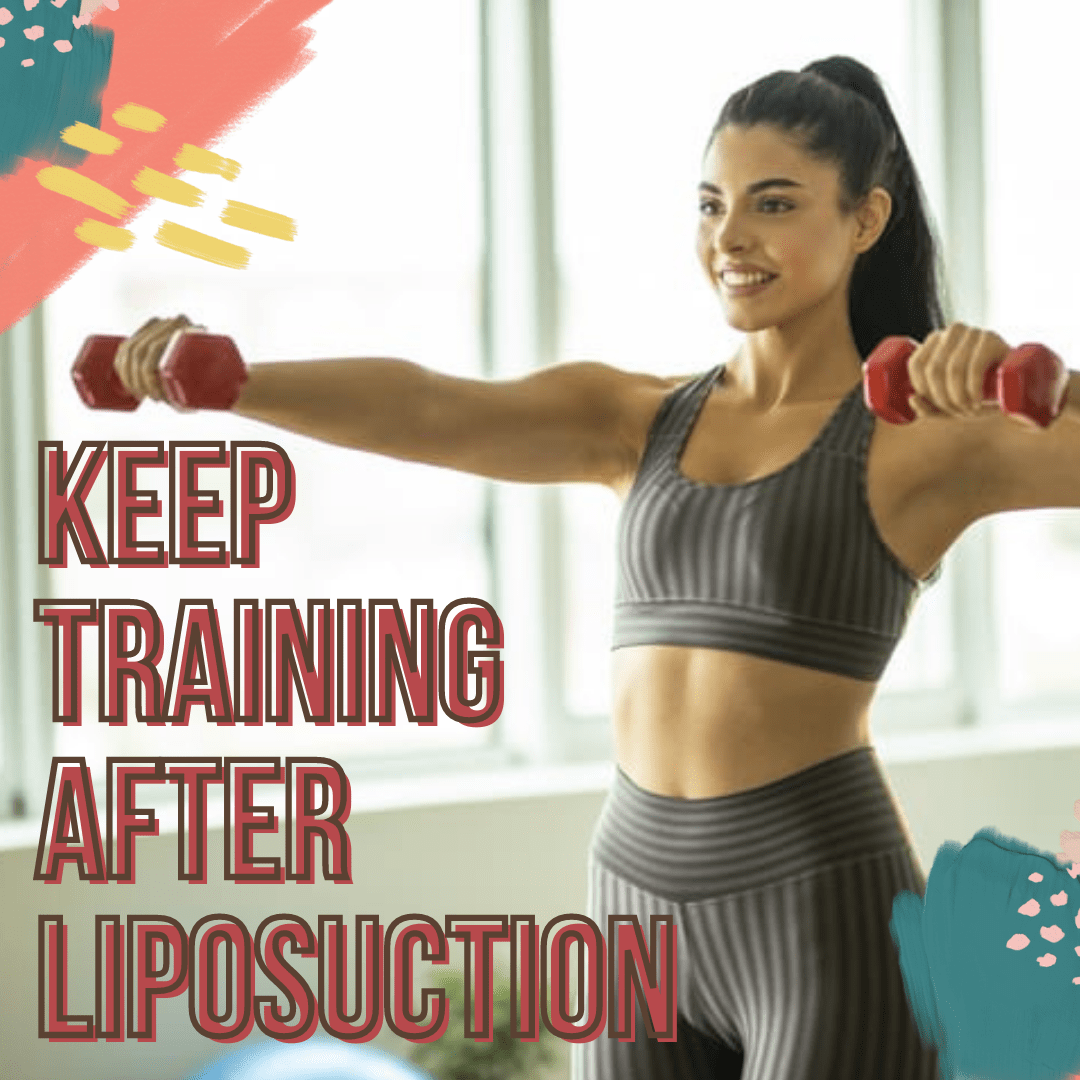


What They Say

“What distinguishes this platform is that it is completely safe. They have experts and doctors who understand very well how to understand the complaint of the disease and treat it online.”
MOnica Schwarz

“I can communicate with them very easily at any time, they always appreciate that you are sick and want to treat you.”
Erin Lawrence

“It is very good that you always find what wants to hear your complaint, this is what distinguishes the physiotherapist in this wonderful platform.s.”
perey Park
Featured Articles
You can read our articles to know all the tips on everything related to natural treatment and how to get rid of obesity.
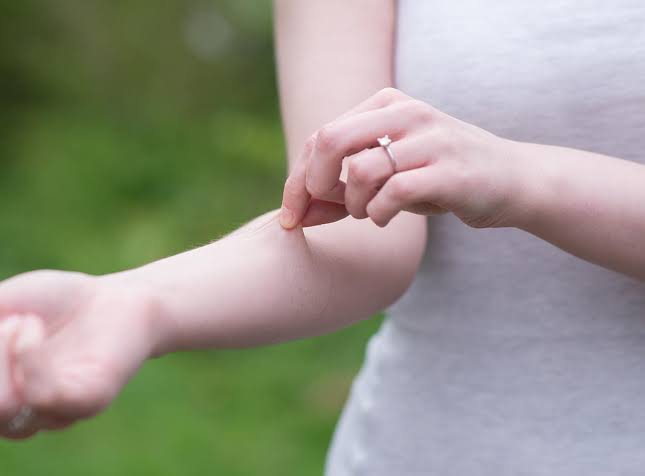
Ehlers Danlos Syndrome | Physical Therapy – Fitoont
Ehlers danlos syndrome or EDS is a group of congenital diseases that belong in a larger group known as hereditary disorders of connective tissue. Such connective
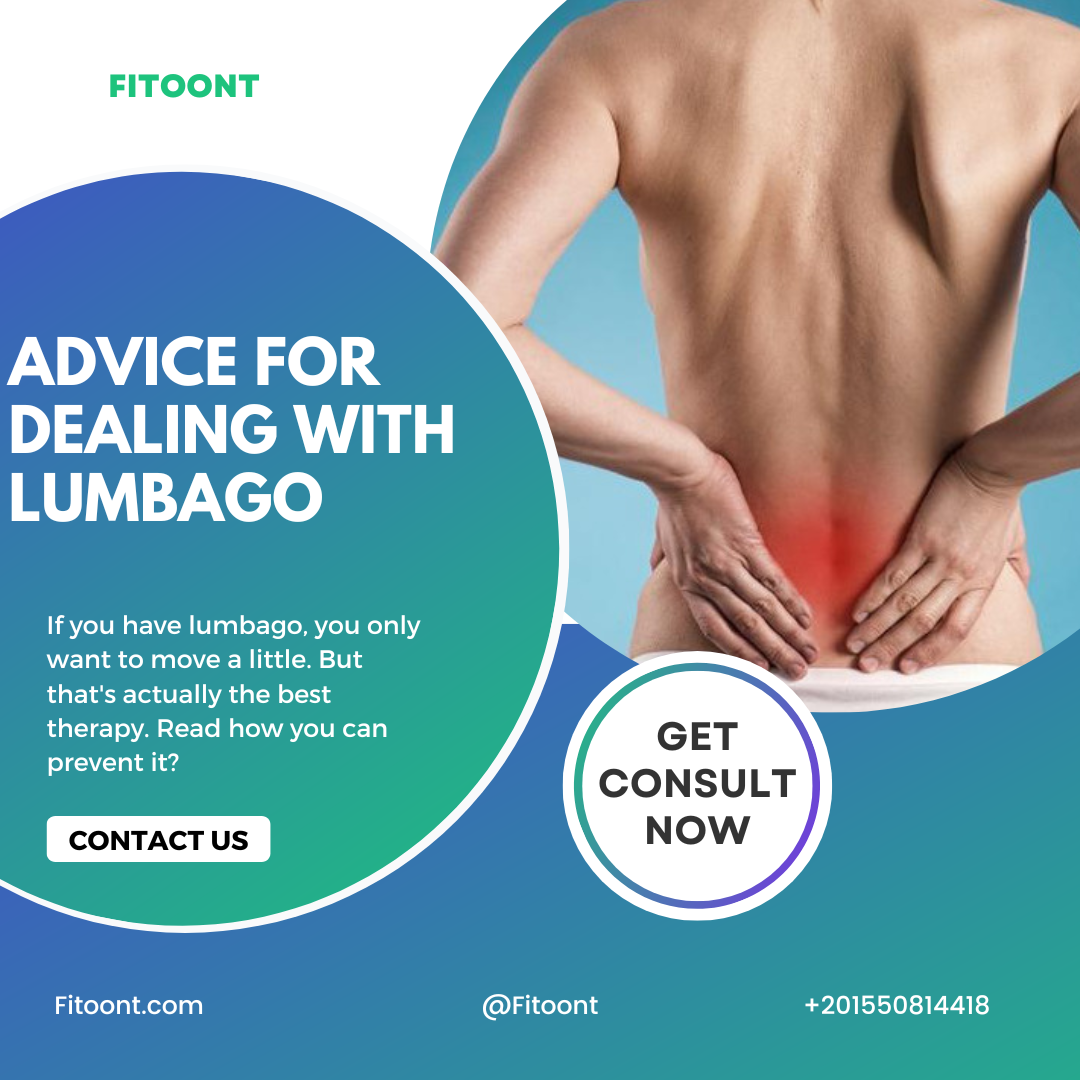
6 Pieces of Advice For Dealing with Lumbago – Fitoont
The pain is often really bad: if you have lumbago, you only want to move a little. But that’s actually the best therapy. Read how
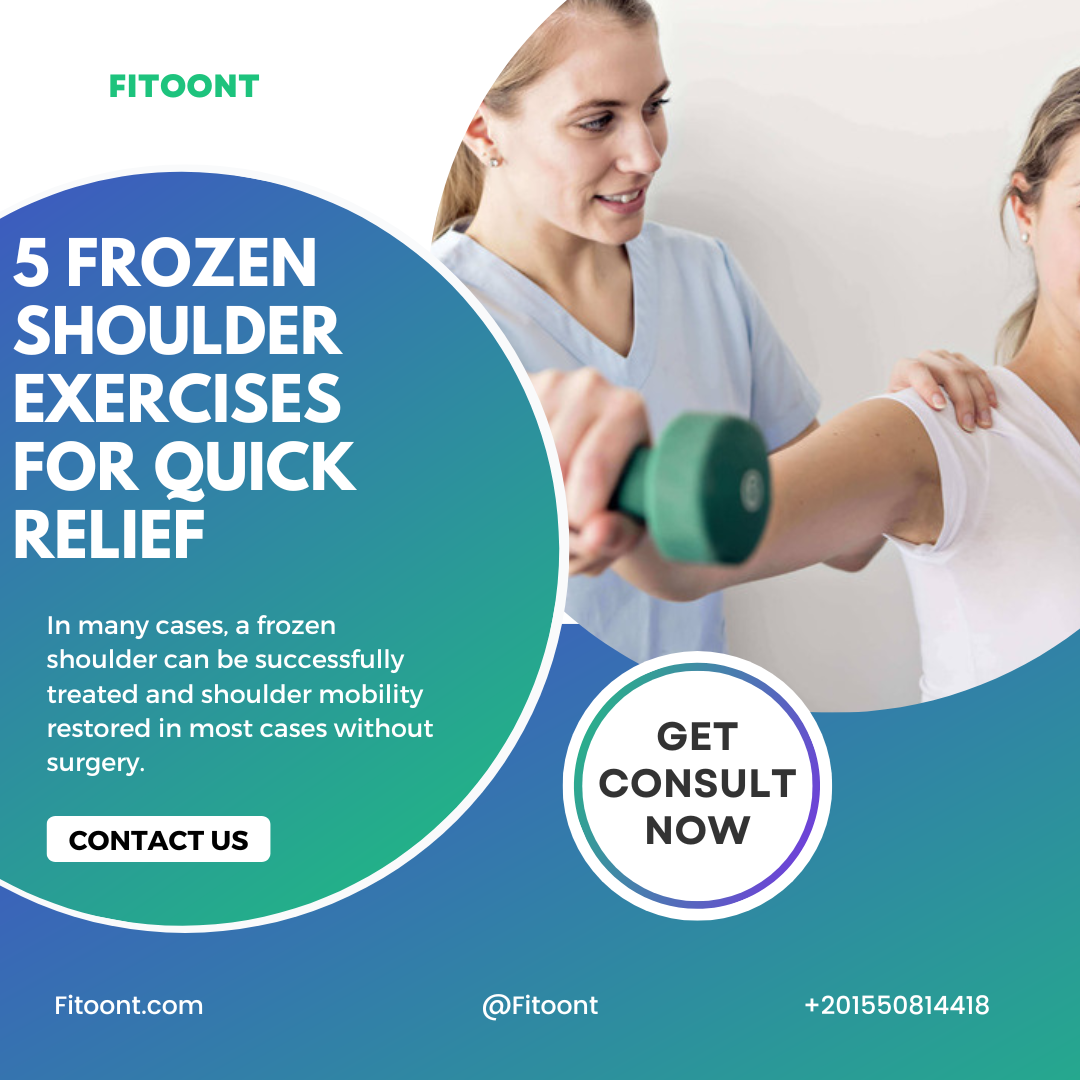
frozen shoulder
In this blog article I describe my experiences in frozen shoulder exercises with frozen shoulders as a physiotherapist. Shoulder problems can affect the quality of
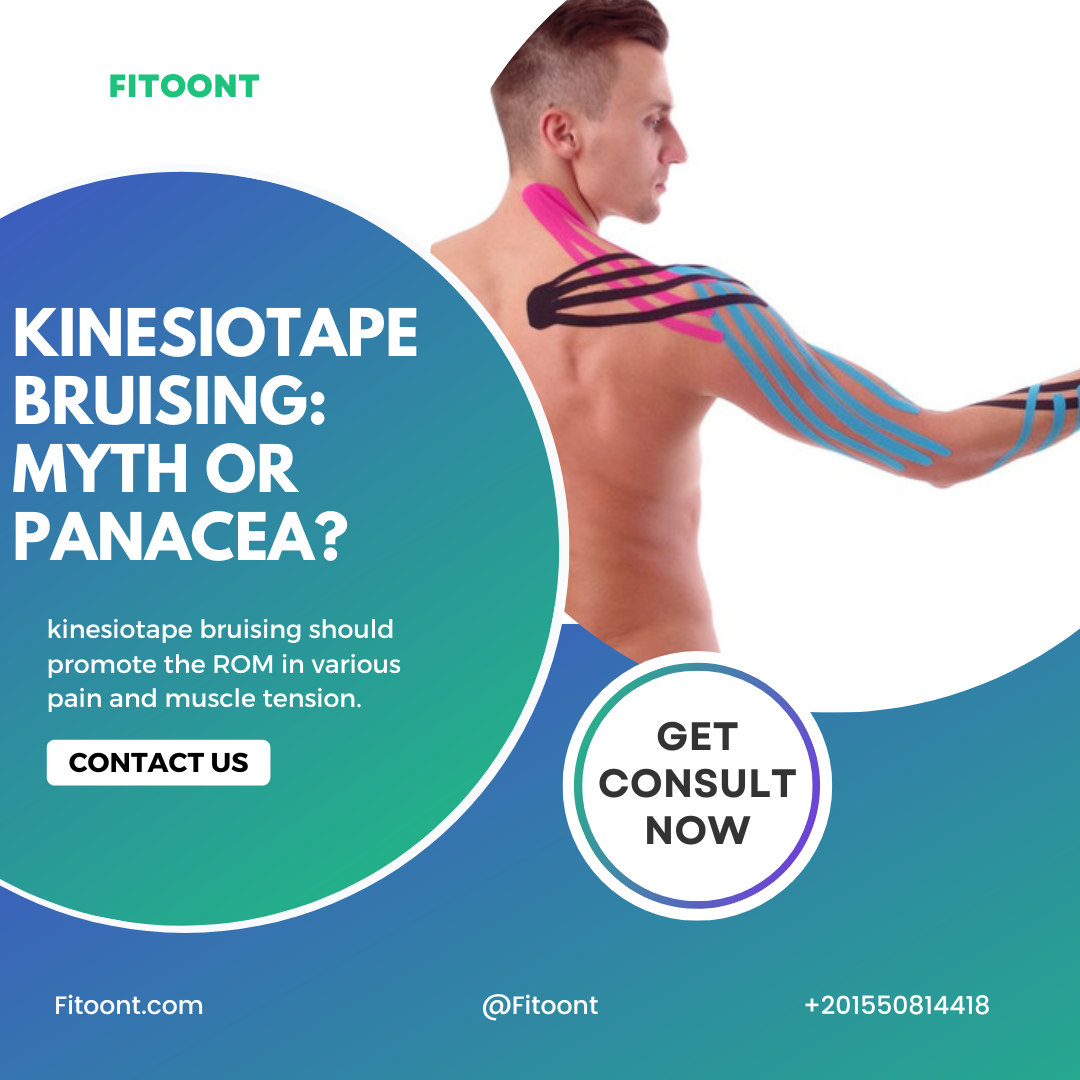
Kinesiotape Bruising In 6 Points: Myth or Panacea? – Fitoont
The colorful adhesive tapes are now often seen: in everyday life, in the gym, at sports competitions, on television. The elastic kinesiotape bruising should promote
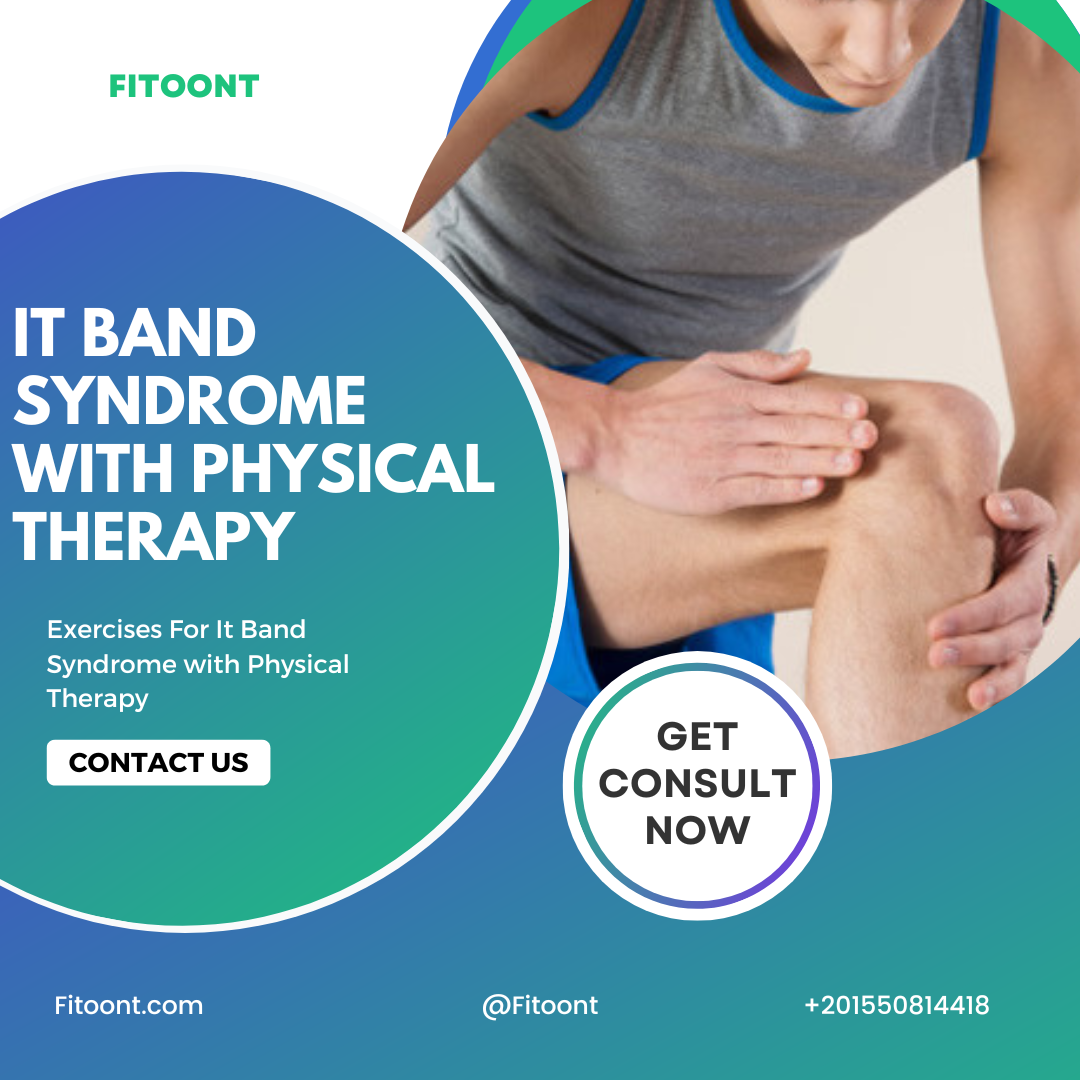
7 Exercises For It Band Syndrome with Physical Therapy – Fitoont
In this article we will discuss how to treat it band syndrome with physical therapy. If you need treatment because you feel pain in IT
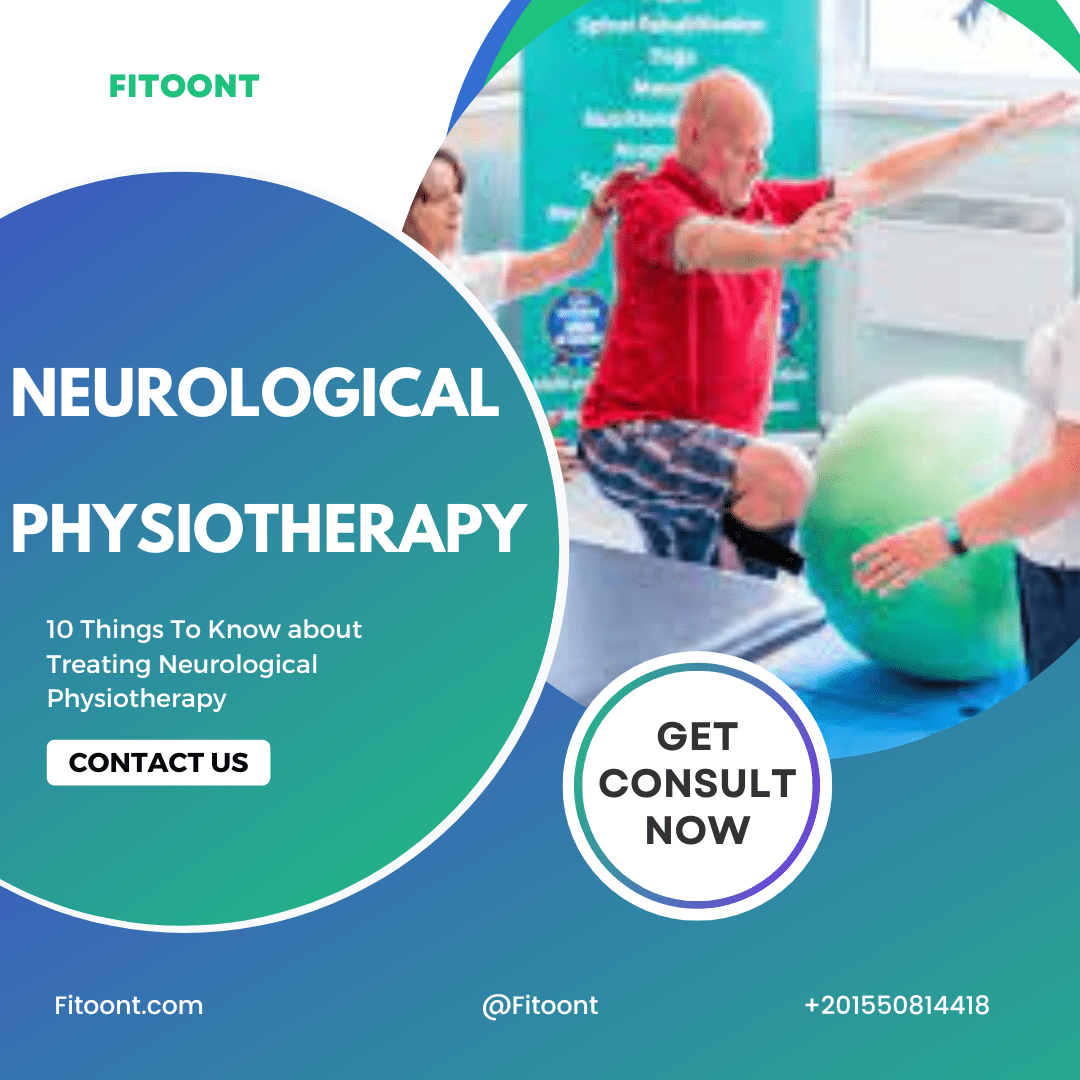
10 Things To Know about Treating Neurological Physiotherapy – Fitoont
Neurological physiotherapy is of great importance because it treats all pathologies and injuries with a neurological origin. Whether congenital or acquired, physiotherapists are prepared to

